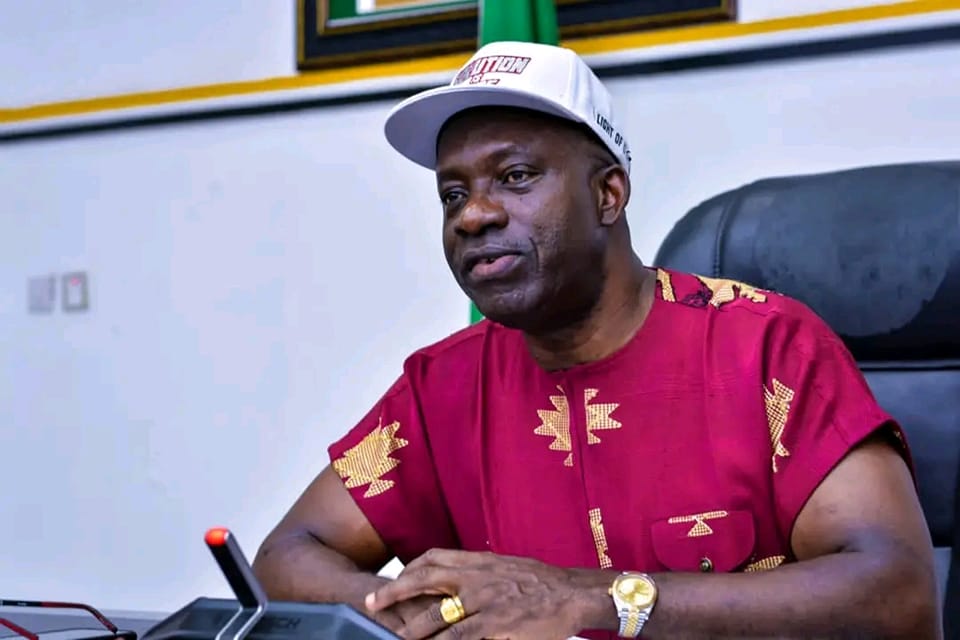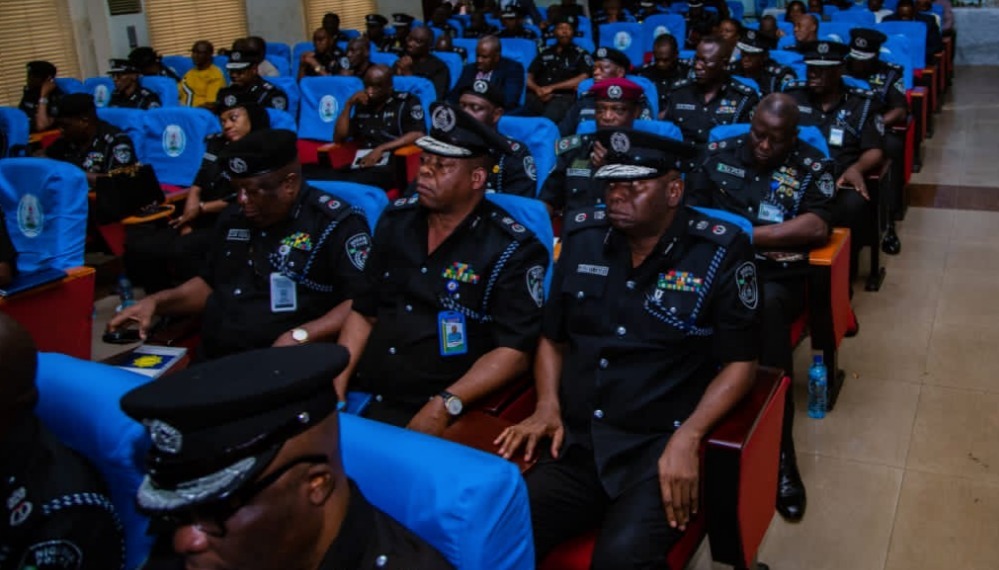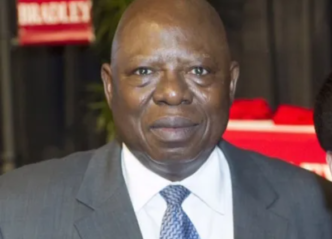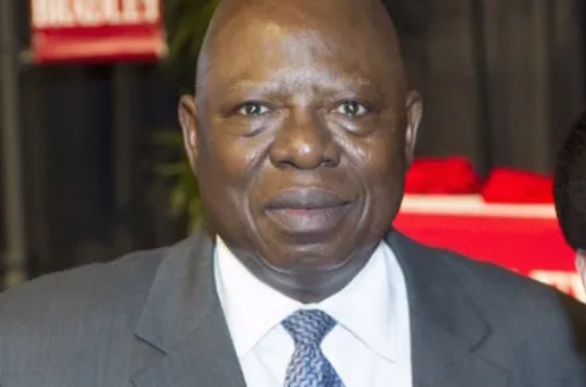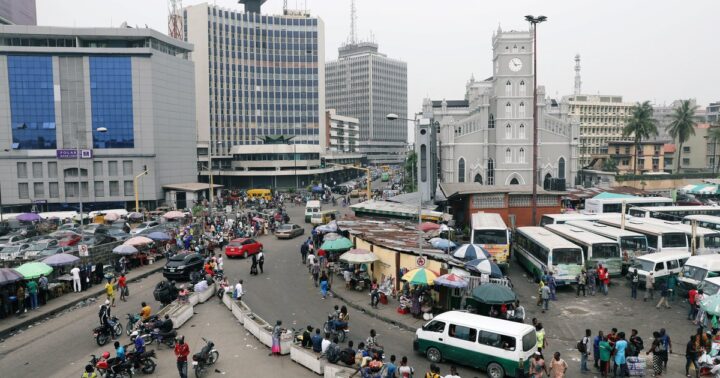Perhaps because there have been some contentions in the recent past between authors and historians on the ancestry of the Ibibio, particularly their roots in Akwa Ibom State, the author at the beginning of the book issued a caveat lector. In the preface, in which he prefers to use the other word proem, the author, Kufre Ntuk, made it clear that his narrative is neither to contradict nor validate any of the schools of thought on the subject matter of Ibibio origin, migration/dispersal and settlement. His is just a work of literature clothed in the prose genre. The sole purpose is for literary assimilation and satisfaction. Ibibio is rated the fifth largest language cluster in Nigeria, after Hausa, Yoruba, Igbo and Fulani.
Ntuk has a legal background and knows the implications of fishing in troubled waters. David Ukpong, Martin Akpan and Nnamso Akang in 2001 published a book “Ikono: the cradle of Ibibio Nation: Historical and cultural heritage.” Ukpong was the arrowhead, Akpan and Akang contributed. The book was well received in some quarters, even as some persons thought it was to massage the ego of a heritage that sired the authors. All three are of the Ikono stock and members of the Mboho Ndito Ikono ndo Ini, an association of peoples from Ikono and Ini, believed to be behind the publication.
In 2019, however, a historian and university don, Uwem Jonah Akpan, came out blowing hot with a counterpoise. He discredited the authors and dismissed the contents in strong words. He insisted it was just a storybook by non-historians and claimed that the entire endeavour was a sponsored treatise. Uwem Akpan’s counterpoise sparked controversy of monumental proportions across Akwa Ibom State and among historians of the state’s origin.
Ntuk did not want to be caught in that web. He stated pointedly that his book is not a sympathy treatise or fine writing in concurrence or concert with any Ibibio historical narrative put forward or published by any author or scholar, appealing or otherwise. He also made it clear that he is not a historian and, as such incompetent to validate any of the earlier schools of thought on the contentious topics of origin, dispersal and settlement. That was a smart move off the theatre of jurisdiction which Uwem Akpan stood to lampoon Ukpong, Akpan and Akang. Uwem Akpan insisted they were not historians, and so were not well positioned to make the call they did.
Advertisement
Ntuk maintained his work is fictional but with snippets of historical facts based on his persuasions, particularly on the subjects of origin and immigration. Even where the names used look real or are real, the story accompanying them might not be based on absolute facts. It is therefore not a history text but a literature text with the linen of prose and beads of history. Perhaps that was why he avoided giving the book an exalted title and decided on a poetic summary, “Tribe of the Wet Sun.”
The spreadsheet of the work espouses a multi-plot narration that begins with “A Poem on Ibibio,” and opens into a chapter line-up in which contents are rendered in near poetic verses, an admixture of poetry, prose and drama. The writer seems fascinated with themes that resonate with historical realities that have shaped modern times, including scenic cities, the neo-colonisation of Africa, dollarisation of the trading market, neglect of local inventive ingenuity, pre-colonial chieftaincy administration, the fattening culture, implications of polyandry marriage, the era of the missionaries and the advent of educational scholarship that produced the “merchants of light” in Ibibioland. It is a cocktail of the ancient and modern, brewed in prose-poetry distillery. The setting is generally within the Ibibio enclave but has multiple plots in ten chapters.
Chapter One titled “City of the Wet Sun” takes the reader on an excursion adorned with plumes of Akwa Ibom, a geo-political expression that embodies a set of people who were hitherto known generally as Ibibio – their physical attributes, composition, geographical localisation, climatic features, natural resources, occupational engagements, supernatural beliefs, etc. The journey descends into the spectacles of the capital city, Uyo, electrified by glowing attributes. The chapter is a picturesque adventure driven in a flowery cart of prose.
Advertisement
Chapter Two showcases a story within a story. The author paints a scenario depicting an encounter with a monumental scholar, Professor Akpan Udo Ekiko who, amongst other academic exploits, taught Doctoral students the History of African Migration, as a visiting Professor at the University of California. The characters in the chapter are purpose-fit. And this runs through the book. What is most instructive in this chapter is the apt summarisation of the disposition of the colonialists and imperialists, in Africa – past and present.
“A man came to you with a strange religion, while you were trying to explain your religion to him, he offered you a trade deal and while you were still weighing the options he pointed a gun at you and bundled you into a waiting ship for labour in faraway plantations. He uprooted you from your nativity in hard chains, if you resisted he killed you. That was even then. Now, he ties your economy and existence to his Dollar and Pound and perpetually makes you look like a ‘dullard’ with a ‘pounded’ brain. What inhumanity?” He pointed out that the white man always comes with some trickery and lamented “If only we were mentally alert.” The chapter is titled “Lamp for the Lambs,” a faction on the story of Ibibio’s origin in the Benue Valley and the multiple dispersals to their present settlements.
The origin and migration story stretches into Chapter Three entitled “Burning Hills of Wits”, Chapter Four “Thorny Flight to the Unknown”, and Chapter Five “Ibibio: A People Birthed.” In some of these chapters, some sections adopt a drama profile to escalate conversations between major characters.
Chapter Six, “Throne of Our Fathers”, has its setting in the Ikpaisong Ikot Abia Clan. The theme is the potency of “Mbiam,” a traditional oath-taking ritual in Ibibioland. In this chapter, the oath is used to resolve a land matter between two families and a chieftaincy dispute which eventually gave the stool to the reigning king (Obong), Obong Ikpaisong Okon Ekpoabasi Idiong Abia. The culprits all died on the seventh day after the administration of the “Mbiam.” The spectacular enthronement ritual is food for thought or “thought for food.”
Advertisement
Chapter Seven has the title “Voluptuous Maiden.” It deals exclusively with the “Mbopo” tradition – a fattening institution where maidens are fed, groomed and prepared for marital or family life. The exuberant or effulgent beauty they exude leaves much to be desired.
Chapter Eight, “One Wife Many Husbands,” is about what the author calls “Adelphic Polyandry”, which he claims the Ibibio are not immune to. In this case, a beautiful woman is married into a family of four brothers. Envy makes the other three plot the death of the married sibling, for them to take turns in marrying his widow. Against the wish of the woman, they did up to the last brother whom she fought against seriously and died in the process. It’s a chapter with a rain of poignant tears.
“Blood in Wine Glasses” in Chapter Nine typifies the celebration of the whites after each successful trans-Atlantic slave trade escapade. It is all about how the slave trade hit the Ibibio man, the wickedness of the slave merchants, its abolition and the ensuing colonisation. The era and works of Christian missionaries particularly Mary Slessor and her pet project of stopping the killing of twins, the establishment of schools and failed plots to kill her. It is a bumper chapter.
The last, Chapter Ten, “Icons of the Coast,” is devoted to six illustrious Ibibio sons identified popularly as Merchants of Light. They were sent to study abroad with funds communally raised by the Ibibio people and returned with the Golden Fleece. Particular focus is on Sir Justice Udo Udoma (JSC), his exemplary leadership of Ibibio Union, and the heroics of the six distinguished sons and Ibibio generally. It is a tribute rendered in exciting prose.
Advertisement
Ntuk’s style of writing is lucid, flowery and poetic in many forms. It helps to walk the reader leisurely through the pages. He employs legal phraseology where he feels excited and idiomatic expressions to drive home pertinent points. This can be seen in the lavish deployment of Ibibio proverbs (about 40) and slang to drive home points made within those contexts. Even though the author tries to shy away from calling his 148-page work a history book, it is indeed relatable history narrated in a peculiar style.
A curious mind would interrogate the book’s title – “Tribe of the Wet Sun.” Wet sun! It is a dynamic characterisation of the area’s natural proclivities. Ibibio people, the main focus of the book, are located in a coastal environment. The frequent torrential rains make their land wet and marshy. Therefore, the hot sun that shines there has been ironically depicted as wet to reflect the topography and seasons of the area. The cover design summarises the title, a twilight sun dissolving through a mountainous cloud and descending into a large body of seemingly still waters. A reader gets two trophies for one – copious history in exciting prose.
Advertisement
The author is a serving Customary Court Judge in Akwa Ibom and hails from Obom, Ukpom Clan, in Ikot Abasi Local LGA. He loves literature, and writing has been his companion since his early days. He has another book, “Torus of Verses,” an anthology of 79 free verse poetry published the same year, 2023.
The reviewer, Akpandem, is a Fellow of the Nigerian Guild of Editors.
Advertisement
Advertisement
Views expressed by contributors are strictly personal and not of TheCable.
Add a comment


